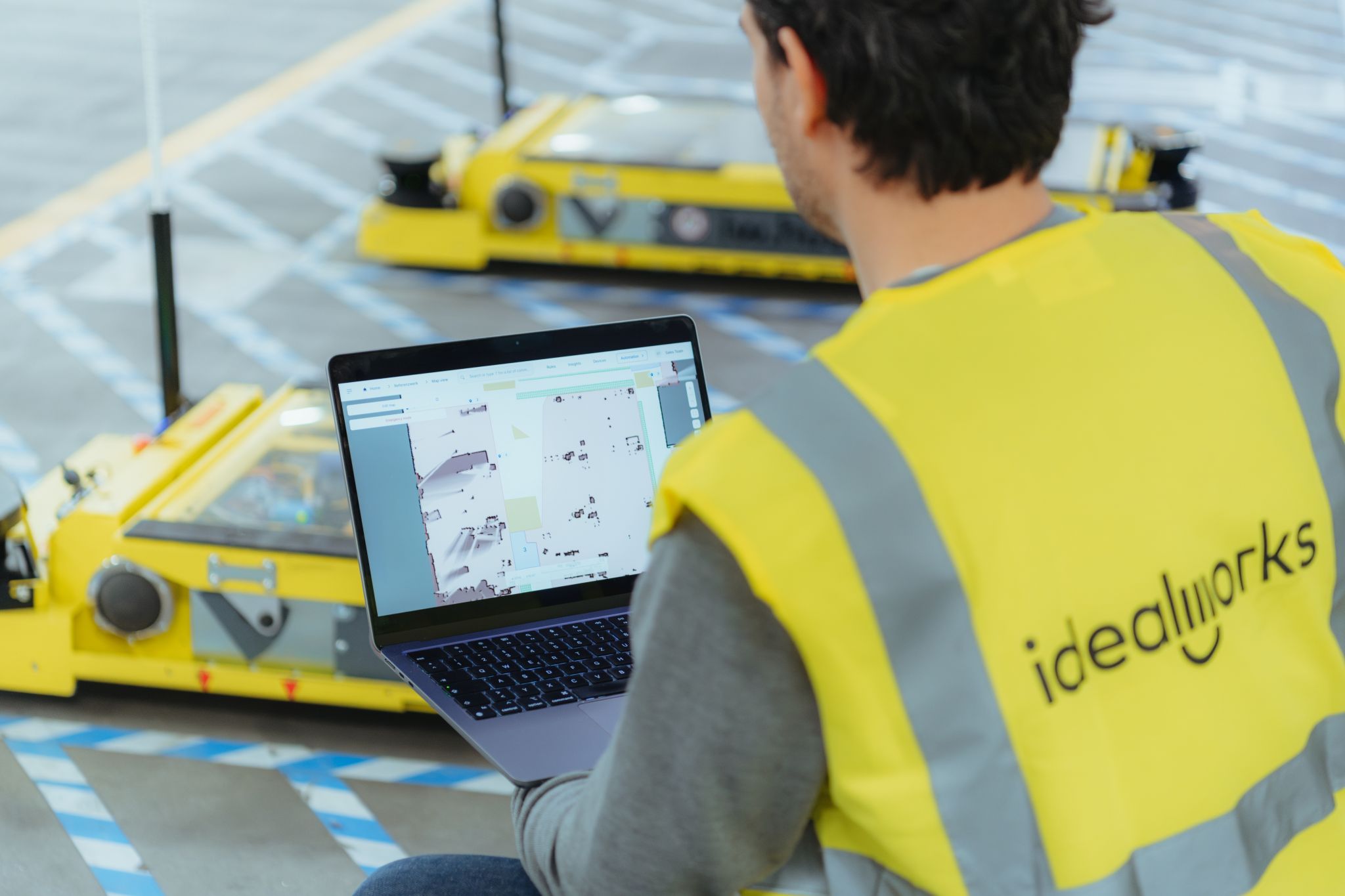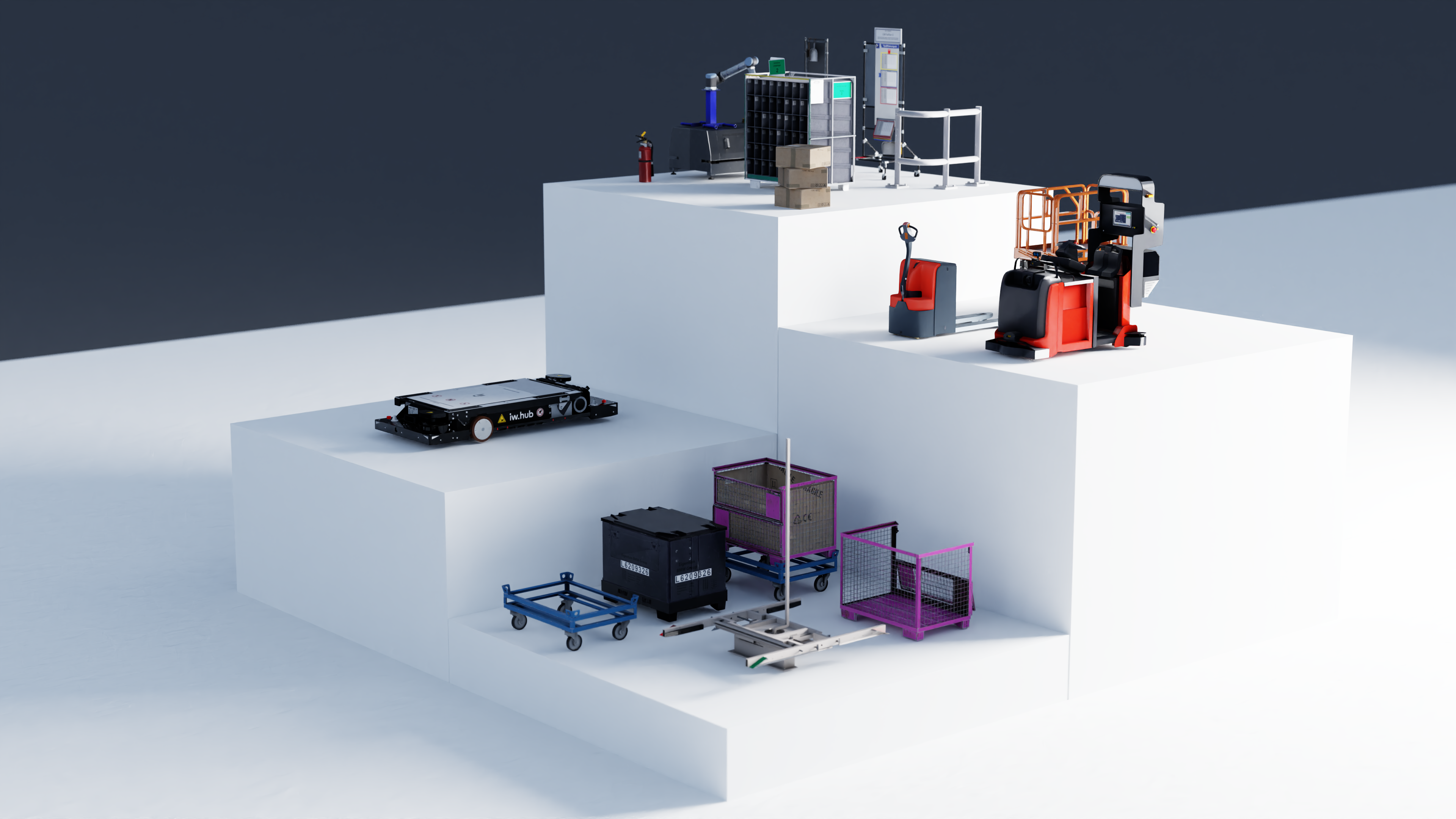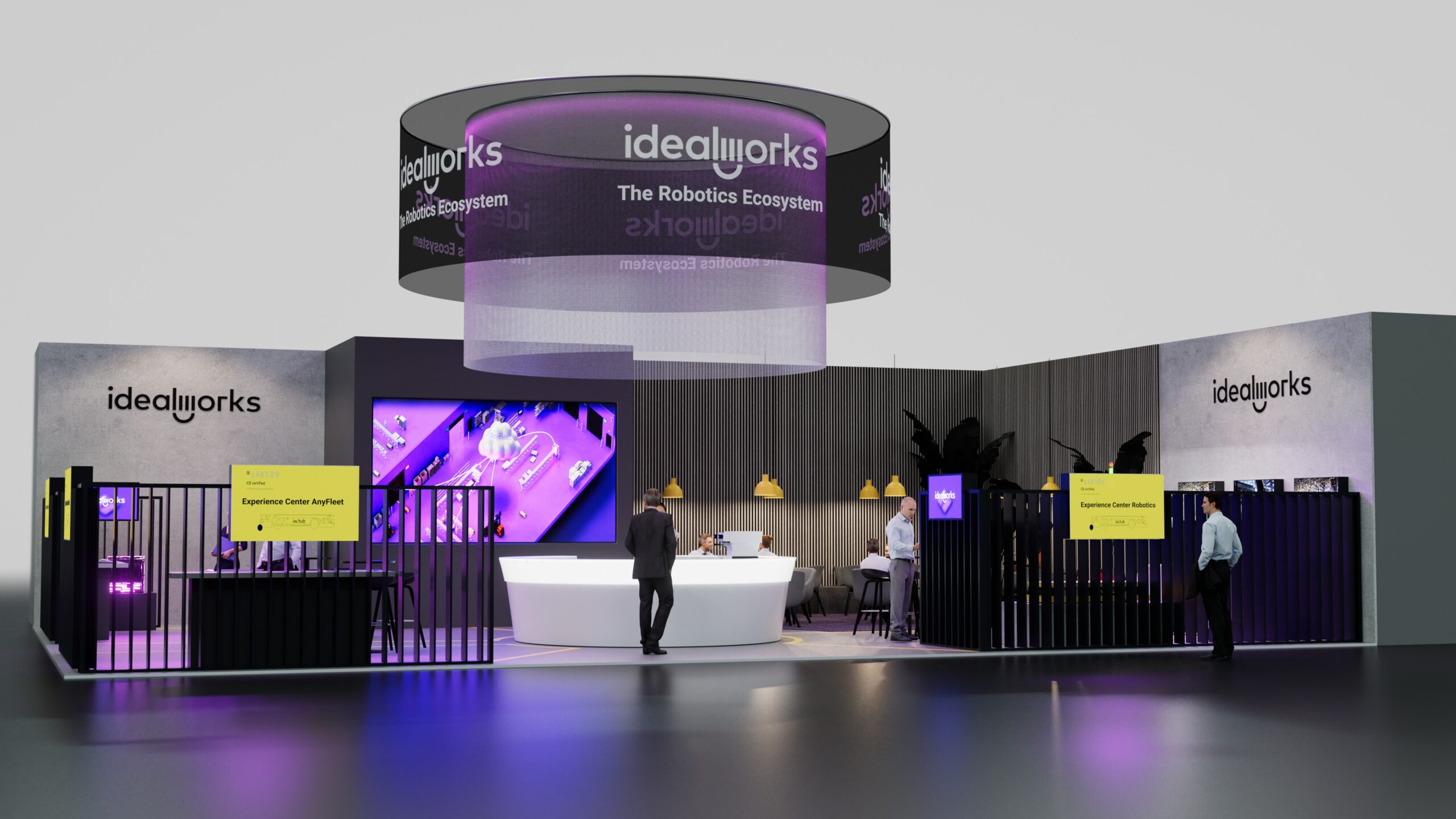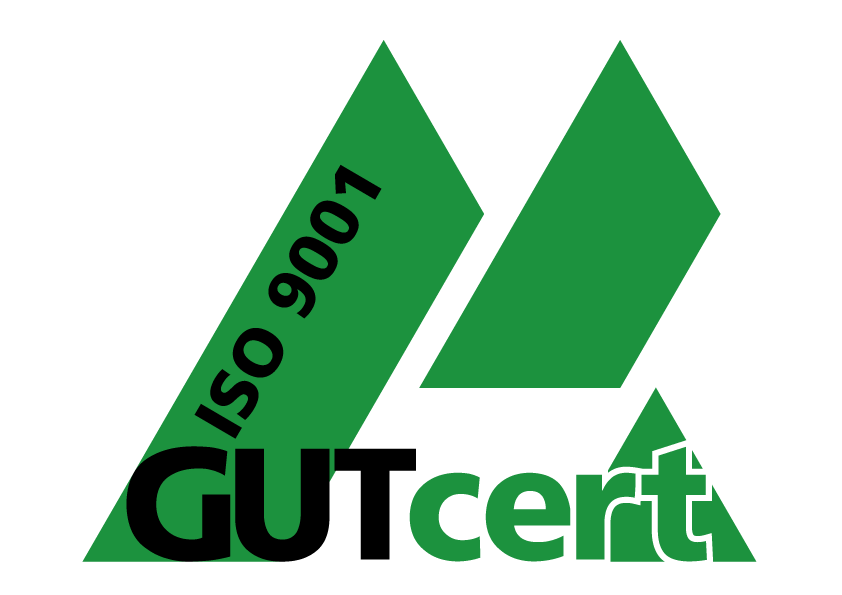Published on March 18, 2024 on n-tv.de
In recent years, the progressive development of driverless transportation technology has not only had a lasting impact on the automotive industry, but has also changed other important sectors. The VDA 5050 guideline plays a decisive role in the automation landscape. Jimmy Nassif, Chief Technology Officer (CTO) at idealworks, provides insights into the definition and significance of VDA 5050.
The term ‘VDA 5050’ refers to a universally applicable interface that ensures communication with driverless transport vehicles (FTVs) and control systems. This interface enables the joint operation of vehicles under a higher-level master control system, regardless of design, manufacturer, and degree of autonomy.
VDA 5050 was developed in close cooperation between the German Association of the Automotive Industry (VDA), the German Engineering Federation (VDMA) and the Institute for Material Handling and Logistics at Karlsruhe Institute of Technology (KIT). This cooperation underscores the importance of interoperability and efficient data exchange between different systems. “For the most part, VDA represents the user side, while VDMA represents the manufacturer side,” emphasizes Jimmy Nassif. “This symbiotic collaboration ensures a balanced consideration of the interests and competencies of both.”
VDA 5050 in AGV & AMR Technology
VDA 5050 has established itself as the standard for various electrically powered and driverless transport vehicles operating within a logistics area. It enables efficient and reliable communication between the control system and various vehicles from different manufacturers by supporting all vehicle types, including those with different navigation methods such as laser, contour, or magnetic navigation.

Jimmy Nassif, CTO idealworks
“VDA 5050 is not just a standard, but a driver of innovation for the future of industrial automation,” says Nassif, summing up the importance of this. As a member of VDMA, idealworks plays a special role in shaping the VDA 5050 guideline. The company, which emerged from the BMW Group, not only distributes the autonomous mobile robot (AMR) iw.hub, but is already successfully integrating robots from third-party suppliers into the intelligent automation platform AnyFleet, which takes on the function of the master control system within the framework of VDA 5050.
VDA 5050: Origin and Development
Just like idealworks itself, the original impetus for the development of VDA 5050 came from the automotive industry. However, the guideline was never limited to this sector alone. By now, it has successfully made its way into areas such as healthcare, e-commerce, or logistics service providers. One thing remains central: compatibility.
VDA 5050 has evolved from a shared communication protocol for simpler systems such as track-guided vehicles into a comprehensive global guideline. The development began with the harmonization of basic systems and quickly expanded, supported by major industry players.
Interoperability as the Goal of VDA 5050
The VDA 5050 guideline addresses interoperability issues in complex production environments by employing a central control system, rendering manufacturer-specific control systems unnecessary. This enables unified communication with various types of robots while facilitating their integration. Serving as a communication interface, VDA 5050 not only allows seamless integration of different mobile robots regardless of the manufacturer but also lays the groundwork for dynamically adapting to changing production environments. Standardized communication via VDA 5050 provides users with the opportunity to gradually build and expand their robot fleets, Nassif explains. “VDA 5050 paves the way to an era of flexible and scalable robot fleets.”
Advantages and Challenges of Introducing VDA 5050
The biggest challenges of VDA 5050 lie in the scope for interpretation in the interpretation of the standard and the balance between generalization and individualization. “The VDA 5050 variables for information exchange are defined, but clearly defining the interpretation in the physical world is critical,” states Nassif. “In addition, the guideline aims to address a variety of use cases while maintaining flexibility for different types of robots. The goal is therefore to support a wide range of use cases without compromising the relevance of the standard itself.”
VDA 5050 offers two major advantages:
- Simplification and acceleration of the integration of AGVs/AMRs into a control system.
- Reduction of project complexity and facilitation of quicker implementation of both small and large projects with one vehicle type or multiple vehicles from different manufacturers.
Future Developments and Relevance of VDA 5050
With the continuous advancement and increasing adoption of driverless transport systems, the standard VDA 5050 is gaining importance. It enables seamless communication and interoperability between AGVs and AMRs from different manufacturers, reducing dependency on a single supplier and providing customers with more flexibility in selecting various suppliers.
“Currently, intensive work is underway to complete version 2.1.0, which includes an extension on the topic of map distribution. ‘We are only at the beginning. Future releases will aim to introduce a zone concept and will further advance the integration of different levels of autonomy,” Nassif adds.




